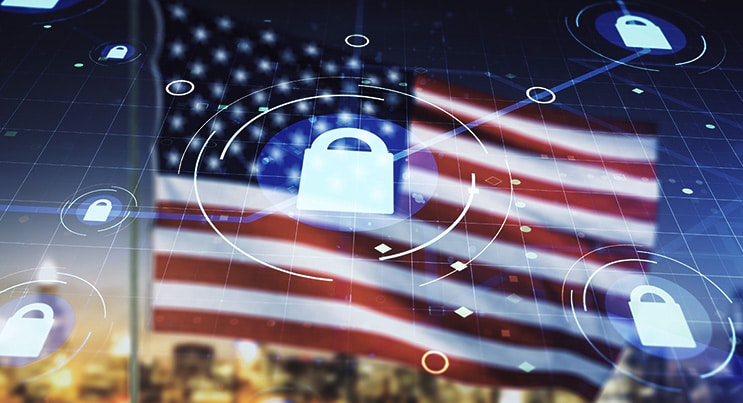One of the most frequently asked questions related to cyber security in 2017 was, “How to remove ransomware?” There are a lot of ransomware removal tools as well as unconventional methods available online that claim to remove ransomware. However, none of them have been able to provide a realistic and potent solution to the problem.
Not only was there a surge in ransomware attacks in 2017, the amount of money being swindled by the perpetrators crossed the billion dollar mark. It has become a cyber threat to not only businesses but also the public and government agencies. The recent ransomware attack in Atlanta serves as perhaps the best example of how bold the masterminds behind ransomware have become. Even though Microsoft assisted the city in order to remove ransomware, in the end, the city district admitted that data worth millions of dollars had been compromised.
Though there are continuous efforts being undertaken in order to design a potent ransomware removal website, there is a lack of proper legislation regarding ransomware.
It might sound unbelievable, but even if the perpetrators of these ransomware attacks are caught, there is a distinct lack of laws to try them under. As long as there is no firm legal foundation, this effort to remove ransomware will always be unfruitful.
There are only a handful of states that have passed any meaningful reform in order to enact laws regarding ransomware. Georgia has a law that criminalizes the possession of ransomware while Connecticut, Texas and California have formally enacted several laws that criminalize the development of ransomware without due approval. These laws are considered as major milestones that will prove beneficial in the fight to remove ransomware as a major cyber threat to both businesses and the public.
There have been talks that the top tech firms are working with the government agencies to develop ransomware removal tools that can provide protection against ransomware attacks and pinpoint where the attack originated from.
A prototype of a similar program was instrumental in pointing out that the notorious WannaCry malware may have originated from Russia adding fuel to suspicions that there might be a foreign hand involved in the surge of ransomware attacks in 2017 in the US.




